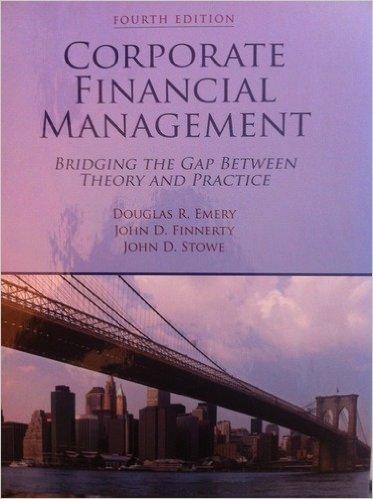Question
Estimating Share Value Using the ROPI Model Following are forecasted sales, NOPAT, and NOA for AT&T for 2019 through 2022 A.. Forecast the terminal period
Estimating Share Value Using the ROPI Model Following are forecasted sales, NOPAT, and NOA for AT&T for 2019 through 2022
A.. Forecast the terminal period values assuming a 2% terminal period growth rate.
Round answers to the nearest dollar.
Reported Forecast Horizon ($ millions)
2018 2019. 2020 2021. 2022
Terminal Period Sales $170,756 $181,001 $191,861 $203,373 $215,576
NOPAT. 20,895. 22,082. 23,407 24,812 26,300
NOA 369,039. 390,931 414,387 439,251 465,607
b. Estimate the value of a share of AT&T common stock using the residual operating income (ROPI) model as of December 31, 2018; assume a discount rate (WACC) of 5.7%, common shares outstanding of 7,281.6 million, net nonoperating obligations (NNO) of $175,155 million, and noncontrolling interest (NCI) from the balance sheet of $9,795 million.
Rounding instructions: Use rounded answers for subsequent computations. Round answers to the nearest whole number unless otherwise noted (do not round shares outstanding). Round discount factor to 5 decimal places and stock price per share to two decimal places. Do not use negative signs with your answers.
Forecast Horizon Terminal $ millions 2019 2020 2021 2022 Period ROPI (NOPAT - [NOABeg rw]) Discount factor [1 / (1 + rw)t ] Present value of horizon ROPI Present value of horizon ROPI Present value of terminal ROPI NOA Total firm value NNO NCI Firm equity value Shares outstanding Stock value per share
($ millions) 2019. 2020 2021 2022 Terminal Period
ROPI (NOPAT -[NOABeg*rw]) answer answer. answer. answer. answer
Discount Factor [1/(1+rw)t] answer answer. answer. answer.
Present value of horizon ROPI. answer answer. answer. answer.
Present value of horizon ROPI answer
Present value of terminal ROPI answer
NOA answer
Total firm value. answer
NNO. answer
NCI. answer
Firm equity value. answer
Shares Outstanding. answer
Stock value per share. answer
C. AT&T closed at $30.85 on February 20, 2019, the date the Form 10-K was filed with the SEC. How does your valuation estimate compare with this closing price?
Multiple. choice:
Option 1: Stock prices are a function of many factors. It is impossible to speculate on the reasons for the difference.
Option 2: Our stock price estimate is lower than the AT&T market price, indicating that we believe that the stock is slightly overvalued. Stock prices are a function of expected NOPAT and NOA, as well as the WACC discount rate. Our lower stock price estimate might be due to less optimistic forecasts or a higher discount rate compared to other investors' and analysts' model assumptions.
Option 3: Our stock price estimate is lower than the AT&T market price, indicating that we believe that the stock is slightly undervalued. Stock prices are a function of expected NOPAT and NOA, as well as the WACC discount rate. Our lower stock price estimate might be due to less optimistic forecasts or a higher discount rate compared to other investors' and analysts' model assumptions.
Option 4: Our stock price estimate is slightly lower than the AT&T market price, indicating that we believe that AT&T stock is slightly undervalued. Stock prices are a function of expected NOPAT and NOA, as well as the WACC discount rate. Our lower stock price estimate might be due to less optimistic forecasts or a lower discount rate compared to other investors' and analysts' model assumptions.
D. If WACC has been 6.2%, what would the valuation estimate have been? What about if WACC has been 5.2%?
Multiple choice:
Option 1: The valuation estimate at 6.2% would be lower than the estimate calculated in part a because the discount rate increased. In contrast, the valuation estimate at 5.2% would be higher than our estimate.
Option 2: The valuation estimate at 6.2% would be higher than the estimate calculated in part a because the discount rate increased. In contrast, the valuation estimate at 5.2% would be lower than our estimate.
Option 3: The valuation estimate would be the same regardless of the rate used to compute the estimate.
Step by Step Solution
There are 3 Steps involved in it
Step: 1

Get Instant Access to Expert-Tailored Solutions
See step-by-step solutions with expert insights and AI powered tools for academic success
Step: 2

Step: 3

Ace Your Homework with AI
Get the answers you need in no time with our AI-driven, step-by-step assistance
Get Started


